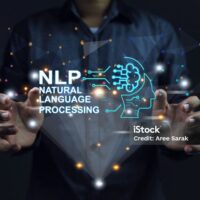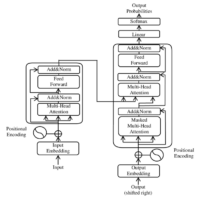Comprehensive Guide: Understanding Gradient Descent and Momentum in Deep Learning Gradient descent is a cornerstone algorithm in the field of deep learning, serving as the primary method by which neural networks optimize their weights to minimize the loss function. This article will delve into the principles of gradient descent, its importance in deep learning, how momentum enhances its performance, and the role it plays in model training. We will also explore practical examples to illustrate these concepts. What is Gradient Descent? Gradient Descent is an optimization algorithm used to minimize a loss function by iteratively adjusting the model’s parameters (weights and biases). The loss function measures the discrepancy between the model’s predictions and the actual target values. The goal of gradient descent is to find the set of parameters that minimize this loss function, thereby improving the model’s accuracy. The Gradient Descent Formula The basic update rule for gradient descent is expressed as: Where: represents the model parameters at iteration . is the learning rate, a hyperparameter that determines the step size for each iteration. is the gradient of the loss function with respect to the parameters at the previous iteration. How It Works: Gradient Calculation: The gradient indicates the direction and rate of the steepest increase in the loss function. By updating the parameters in the opposite direction of the gradient, the algorithm reduces the loss. Iteration Process: In each iteration, the model parameters are adjusted slightly, moving closer to the optimal values that minimize the loss function. Why Gradient Descent is Important in Deep Learning Gradient descent is crucial for several reasons: Core Optimization Method: It provides a systematic way to optimize model parameters by reducing the loss function, which is essential for training deep learning models. Scalability: Gradient descent efficiently handles the optimization of models with millions of parameters, which is typical in deep learning. Convergence to Optimal Solutions: By following the gradient, the algorithm converges towards a local or global minimum, optimizing the model’s performance. Flexibility: Various adaptations of gradient descent, such as using different learning rates, momentum, or adaptive methods, can improve the convergence speed and accuracy. The Challenge: When Gradient Descent Gets Stuck Gradient descent, while powerful, can face challenges: Flat Regions (Plateaus): In some regions of the loss surface, the gradient might be very small, leading to tiny updates and slow convergence. The algorithm might get “stuck” in these flat areas. Local Minima: Gradient descent might converge to a local minimum, which is not the best possible solution. Enhancing Gradient Descent with Momentum Momentum is an enhancement to gradient descent that helps overcome some of these challenges by accelerating the convergence and smoothing the optimization path. Momentum in Gradient Descent: The Formula When momentum is applied, the update rule becomes: Where: is the velocity or accumulated momentum at iteration . is the momentum coefficient (typically between 0 and 1, like 0.9). and are as defined in standard gradient descent. How Momentum Helps: Faster Convergence:…




